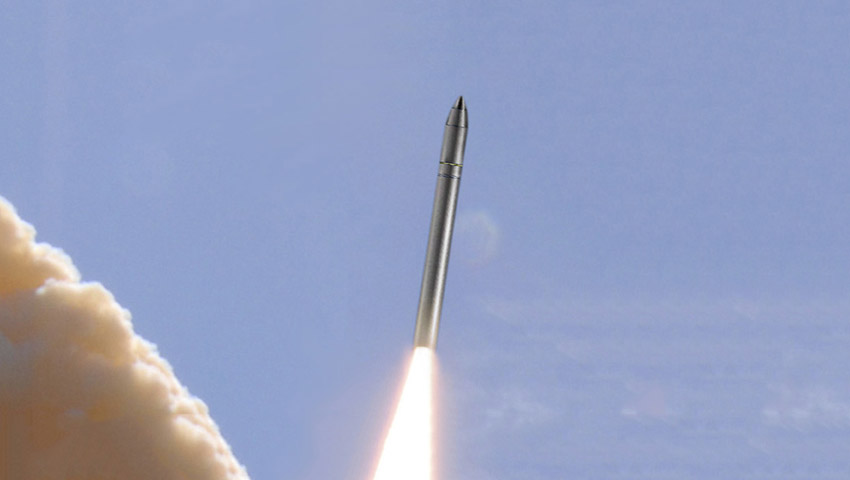Northrop Grumman and the US Air Force have successfully demonstrated a flight test of a prototype conventionally-configured, ground-launched ballistic missile.
To continue reading the rest of this article, please log in.
Create free account to get unlimited news articles and more!
The missile launched from Vandenberg Air Force Base in California and displayed Northrop Grumman's capability for rapid development and launch in support of urgent requests from the Department of Defense.
Rich Straka, vice president of launch vehicles at Northrop Grumman, said, "We pride ourselves on being the team that can rapidly design, develop and launch missiles contributing to the protection of the United States and its allies."
Data collected from the test will inform the Department of Defense's development of future intermediate-range capabilities.
The successful test comes weeks after Northrop Grumman was awarded the US Air Force's next-generation of Intercontinental Ballistic Missiles (ICBM) to be known as the Ground Based Strategic Deterrence (GBSD) program.
The current US land-based ICBM force comprises 450 LGM-30 Minuteman 3 missiles located at USAF bases in Wyoming, Montana and North Dakota. Through the GBSD program, these will be replaced by some 650 missiles.
The Minuteman missile arose from development in the 1950s, with first-generation missiles entering service in 1962.
Significantly, Minuteman was powered by solid fuel rocket motors, a major advance on earlier liquid fuelled ICBMs that needed to be fuelled immediately before launch and were at increasing risk of loss in a surprise first strike.
Current missiles date from the 1970s and have been steadily upgraded with a range of new systems including replacement rocket motors, improved guidance and more reliable safety systems.
Rather than the multiple warheads of earlier missiles, each Minuteman now lofts a single W78 or W87 warhead.
Northrop Grumman has long looked like the sole contender for the enormous project, worth an estimated US$63 billion over the 20-year program.
Boeing, Lockheed Martin and Northrop Grumman all put their hands up and in August 2017, the USAF awarded three-year development contracts to Boeing and Northrop Grumman.
But in July, Boeing announced it was bowing out because of NG’s dominance of the solid fuel rocket motor market.
In September, Northrop Grumman announced its sub-contractor team, which includes Aerojet Rocketdyne, the US’ only other solid fuel rocket manufacturer, along with BRPH, Clark Construction, Collins Aerospace, General Dynamics, Honeywell, L3Harris, Lockheed Martin, Parsons and Textron Systems.
Boeing did approach Northrop Grumman about presenting a joint bid, which it declined.
“Boeing is disappointed we were unable to submit a bid to the GBSD solicitation,” it said after the decision was announced.

 Login
Login







